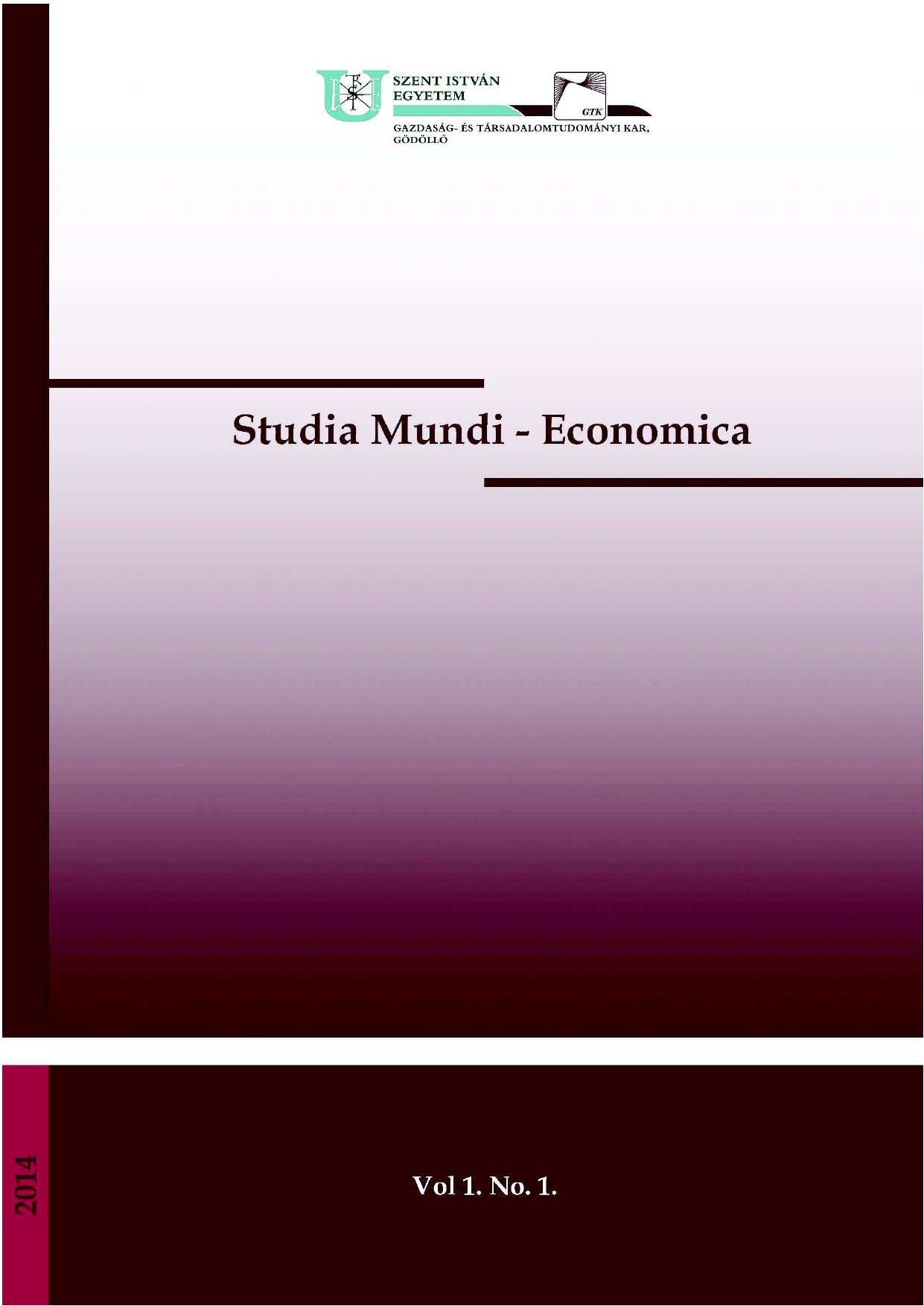Impact of fishery association management on fishery community
Case study in Vinh Giang Commune, Phu Loc District, Thua Thien Hue Province, Vietnam
DOI:
https://doi.org/10.18531/Studia.Mundi.2014.01.01.28-37Kulcsszavak:
fishery association, resource management, fisheryAbsztrakt
Tam Giang lagoon system has got an area size of around 22.100 ha; a length of 68 km along the coast of central Vietnam. In which, the animal system is abundant, including many kinds of shrimp, fish and crab. Vinh Giang is a commune which belongs to the Tam Giang lagoon system. It is a place, where fishing activities started long time ago and developed strong fishery culture. There are many fishery groups who use this resource, including fixed gears fishing, mobile gears fishing and aquaculture. The numbers of fishers are increasing; meanwhile the resource under harvest is limited. Accordingly, conflict becomes common among household groups in aquatic resource exploitation and use. They use many methods to increase their efficiency, like event destructive fishing. This situation led to overexploitation and depletes resources. The local government tries to take some measures in resource management, but the effectiveness was not significant. Specially, they give emphasis for administrative management mechanism and coercion to reduce approach level, exploit resource in general and fisheries management in particular. The centralized management mechanism didn’t seem suitable in common pool resource (Tuyen, 2008). Thus, the most important is to renew management system in aquaculture, fishing and other resource in lagoon. The fisheries management system improverment is implemented comprehensive in fishing technology, fishing method and management regulations in order to reach a goal that is not harmful to environment and biodiversity in aquatic resource. Although, the Local Government and other organizations coordinated management in aquculture and fishery is there, the connection has not been close enough to bring a change. The fishing and aquculture area planning were not suitable and clearly. In addition, whereas, government organization, local government weren’t enough official, time, expenditure and resource to remain management activities on large area. Fisher has not participated actively in in the protection of aquatic resource in the community yet. Because of this, the overexploitation continuied growing from time to time. These reasons affect aquatic resource and fisher’s livelihood.
To solve this problem, the community has to clear property right regime to reinforce aquatic resource management capacity (Tuyen, 2010). Therefore, the fishery management model base on community was establishment in many communes. In which, fishery association is subject of the model. Moreover, Vinh Giang commune, that the first commune is right allocated in water surface resource management, exploitation and using. The nature of the community based fisheries management model is decentralized in participation of fisher and local government. Fishery association is social-professional organization. The participation of fisher in the association is voluntary; they participate in activities such as: fishing, aquaculture, consuming, processing and logistic services fisheries. Fishery association establishment created the change in aquatic resource management. In which, it included the change in the number of fisher, area, fishing equipment, yield, income and fisher’s awareness.
From this research, it will show the advantages and disadvantages in aquatic resource management process, the changes and improvements in the livelihood of fisher through support by fishery association.
Hivatkozások
Hoa PV. (2009): Aquaculture in Thua Thien Hue Province in trade liberalization context. Hue College of economics
Phuoc DN. (2012): Fishery resource conservation model based on community in Tam Giang-Cau Hai lagoon, Thua Thien Hue, Vietnam. Hue University of agriculture and forestry
Tam NT. (2010): Evaluation fisheries co-management model on lagoon in Thua Thien Hue, Vietnam. Hue University of agriculture and forestry
Tuyen TV. (2008): Evaluation of co-management issues / community based coastal resource management. Hue University of agriculture and forestry
Tuyen TV. (2010): Property rights and rights allocation for resource co-management in Tam Giang lagoon, Vietnam. Hue University of agriculture and forestry
Letöltések
Megjelent
Folyóirat szám
Rovat
License
Copyright (c) 2014 Nguyen Van Chung

This work is licensed under a Creative Commons Attribution-NonCommercial-NoDerivatives 4.0 International License.
A folyóirat Open Access (Gold). Cikkeire a Creative Commons 4.0 standard licenc alábbi típusa vonatkozik: CC-BY-NC-ND-4.0. Ennek értelmében a mű szabadon másolható, terjeszthető, bemutatható és előadható, azonban nem használható fel kereskedelmi célokra (NC), továbbá nem módosítható és nem készíthető belőle átdolgozás, származékos mű (ND). A licenc alapján a szerző vagy a jogosult által meghatározott módon fel kell tüntetni a szerző nevét és a szerzői mű címét (BY).






